Vintage Roadscene Archive is a series of one-off publications taking a comprehensive look at key aspects of road transport history from lorry manufacturers, operators and industries. These publications are featured in a largely pictorial presentation, using the resources of well-known photographic archives, backed up by the memories of enthusiasts and industry professionals who were there at the time. Vintage Roadscene Archive provides an unrivalled wealth of information and period pictures go to make up an ongoing series which will build into a library of interest to all transport enthusiasts. With each issue you can be assured of interesting and informative reading, enhanced with top-quality pictures of various aspects in road haulage.
SUBSCRIBE FROM JUST£14!
INTRODUCTION • We tend to know less about bodybuilders than chassis manufacturers. However, they are just as important as, otherwise, commercial vehicles would be incomplete and not able to carry out the work for which they are intended. Nevertheless, little is known about many of these bodybuilders among enthusiasts, including the company looked at in this publication.
Box Vans, Fridges, Dropsides… • G C Smith built a wide variety of bodywork on all sorts of chassis for many customers, both local and national. These included a large number of box vans, on both wooden and metal framing, some fitted internally for butchers, bakers and other trades. Insulated and refrigerated vans, flats, dropsides, tippers and many other bodies were designed and constructed by the company’s skilled craftsmen over the years. We have pictures of a wide selection of types, some grouped with others for regular customers, others in a generally chronological order.
Livestock • These pictures show newly-finished livestock vehicles. Some bodies were wooden-framed and panelled, while others were built using G C Smith’s patented Smithalloy system, with welded alloy framework and panels. Again, some of them were built as separate containers on flats, dependent on customers’ wishes for dual-purpose vehicles. In the main, these were stylish and smart, including such details as opening hatches and doors. A number included details to make them easy to clean, while the alloy bodies would have been lighter.
Horseboxes • Horseboxes became one of G C Smith’s specialisations from the 1950s onwards. The company became quite well-known for building stylish, high quality bodies. These could be wooden-panelled or have smooth metal outer panels. They varied from quite plain-looking vehicles to those with more ornate finishing. There were plenty of repeat customers, in spite of the usual long lives of horseboxes.
Mobile Libraries • Mobile Libraries were another type of vehicle in which G C Smith specialised, building bodies on a range of chassis for local authorities around the UK and overseas as well. The company’s craftsmen fitted out the bodies with the necessary shelving and desks to enable lending library services to be offered to rural communities, schools and people who could not reach the main branch.
Mobile shops and offices • It is possible that mobile shops and offices were built before mobile libraries by G C Smith. There was certainly a range of styles on offer on an equally wide range of chassis, fitted out for butchers and grocers among other trades, plus vehicles for use as showrooms, workshops and site offices. The mobile shops from Long Whatton should not be mistaken for the Smiths mobile shops, which were made by another company based in the North-east which built ice cream vans for some well-known companies.
Trailers • A small but significant part of G C Smith’s output over the years was a wide variety of trailers. These included everything from small general purpose trailers, mobile offices, exhibition units and horseboxes, plus a few caravans, to artic semi-trailers, mainly...
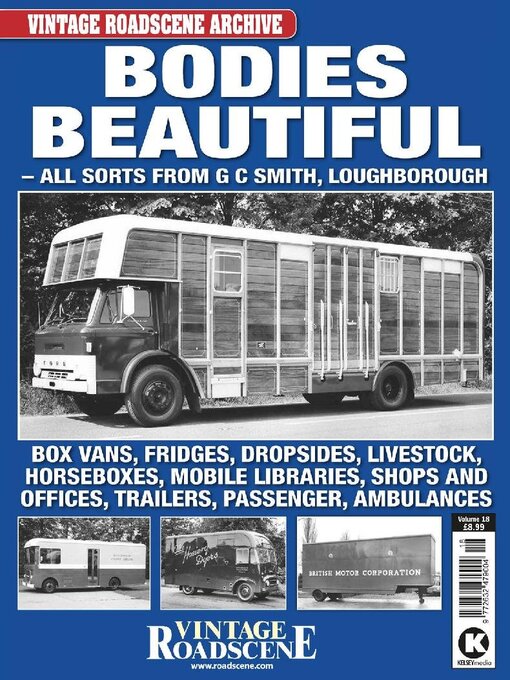
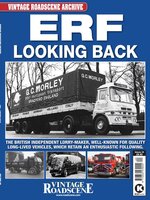 Volume 20
Volume 20
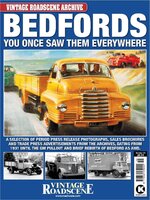 Volume 19
Volume 19
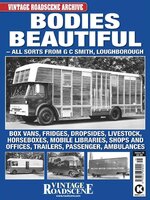 Volume 18
Volume 18
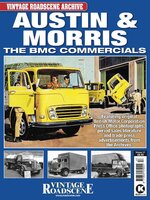 Volume 17
Volume 17
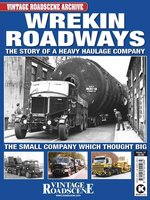 Volume 16
Volume 16
